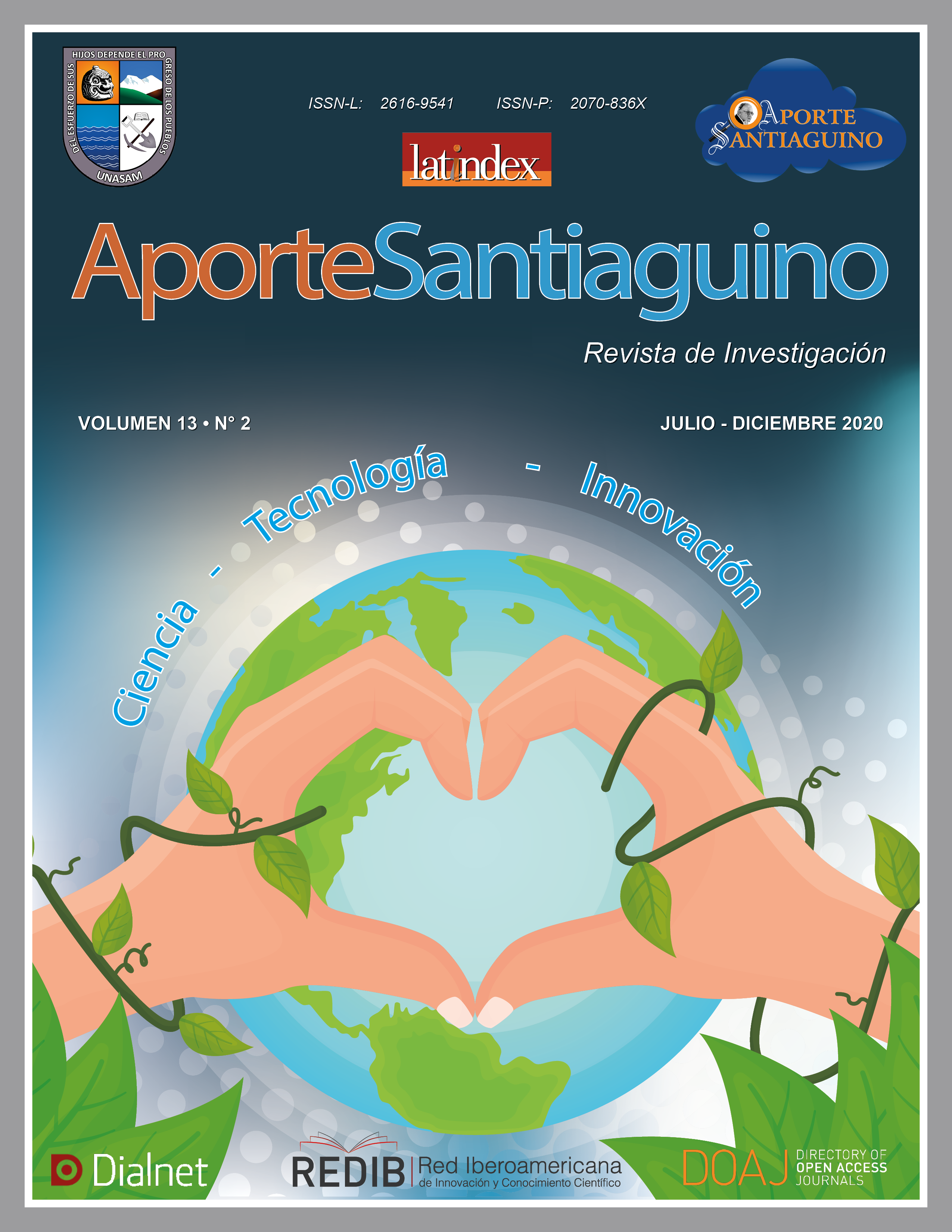Comunidad de arañas asociadas al romero en Cerro Punta, Chiriquí, Panamá
DOI:
https://doi.org/10.32911/as.2020.v13.n2.689Keywords:
Araneae, Araneomorphae, Control Biológico, DepredadoresAbstract
Spiders are important arthropods in agroecosystems, as they serve as indicators of environmental quality, in addition to the role that they can play as biological control agents of some pest species in crops. On the other hand, shrub species such as Salvia rosmarinus (L.), commonly known as rosemary, are often used as live fences, being near to important crops such as onion, potato, lettuce, among others. Cerro Punta is the main producing area of these products in the country. The objective of this study was to know the community of spiders associated with rosemary in Cerro Punta, Chiriquí, Panama. For this, random samplings were carried out in rosemary plants, located in different sites of Cerro Punta. The spiders were observed, photographed, collected and identified, with the support of specialized literature. According to the results, 57% of the spiders corresponded to the species Argiope argentata (Fabricius, 1775), 36% were individuals of Leucauge venusta (Walkenaer, 1841) and 7% corresponded to a species of the genus Nephila. Additionally, adult specimens from the Suborder Homoptera were found trapped in the cobwebs. In conclusion, the community of spiders associated with rosemary in Cerro Punta is represented by at least three genera, which can contribute to the natural balance of the entomofauna in the agroecosystem.




















